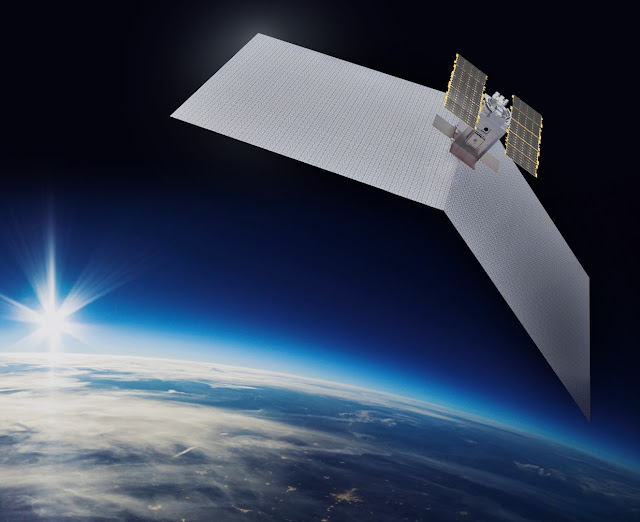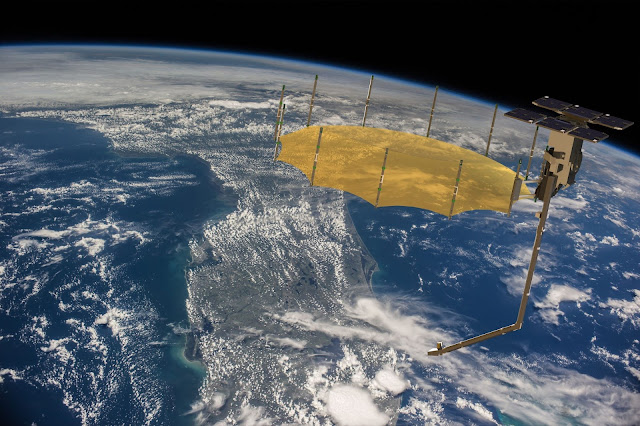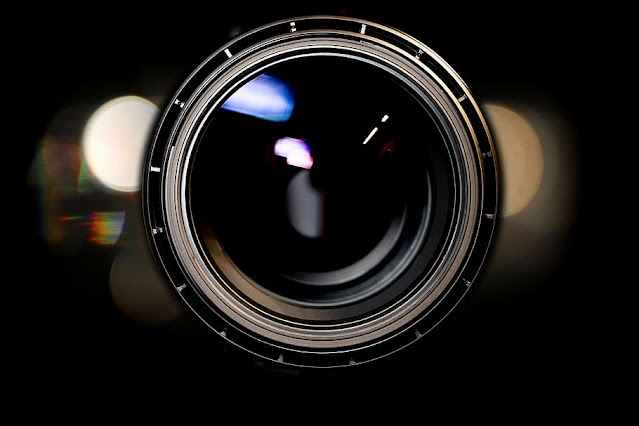Synthetic Aperture Radar (SAR) ; is used to produce fine-resolution pictures
 |
| Synthetic Aperture Radar (SAR) |
Synthetic Aperture Radar (SAR) is a technique that has been utilized above three decades to offer Earth remote sensing data and is presently being utilized in a variety of uses. These comprise environmental and Earth system checking, 2-D and 3-D space and time, change identification, and planetary survey. Synthetic Aperture Radar utilizes an antenna to collect echoes of transferred pulses and reverts from scatterers in its range scope. It does so by differing the rate of interpulse communication and by differing the time that extreme-range resonances are verified.
On the basis
of product type, the global Synthetic Aperture Radar (SAR)
Market is
classified into: Space-based SAR, Air based SAR. Synthetic Aperture Radar (SAR) works by utilizing radio waves to
create detailed images of the Earth's surface.
To produce the Synthetic Aperture Radar
picture, a radar is conceded in orbit or by an airplane or other automotive.
This motion leads to the physical antenna particle changing from place to
place with the flight path or orbit, producing a digital ten-kilometer large
antenna that is substantially placed ten meters behind the radar base in its path
of flight. The replicated antenna's distance is straight compared to the
ground range and hence the azimuth firmness remains consistent as the ground
range enhances. This association is known as the swath-length equivalence and
is one of the main design contemplations in Synthetic Aperture Radar operations.
To create
a Synthetic
Aperture Radar (SAR) Market picture,
it must be probable to attain several echo captures at a variability of places
along its flight way or orbit, in order to differentiate a given target from its
surroundings. These seizures must be recurrent with adequate frequency and rapidity
so that they do not intersect each other in a period. The most essential benefit
is that a synthetic aperture an artificial or several sets of beams can offer high
resolution data further could be attained with a single beam of a correct
aperture radar. Currently, the U.S. AFRL officials at the Ohio base declared a US$
5.2 million agreement to the BAE Systems Electronic Systems sector and a US$
4.1 million contract to the Utah State USDL for the MTR project. In optical imagery,
a pixel in a picture shows light that hit the detector and is reflected off the thing.
Engineers can alter the methods and functioning parameters to decrease radar
returns and data over a particular target however at some level, once the
satellite is introduced and is flying, these fixed detector parameters restrict
the resolution in the azimuth track of any resulting picture. This restriction
is called aperture size.
.jpg)


Comments
Post a Comment